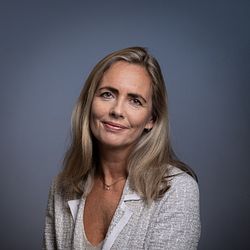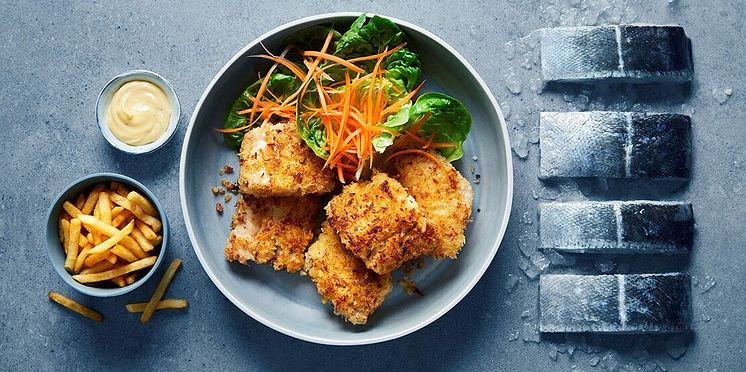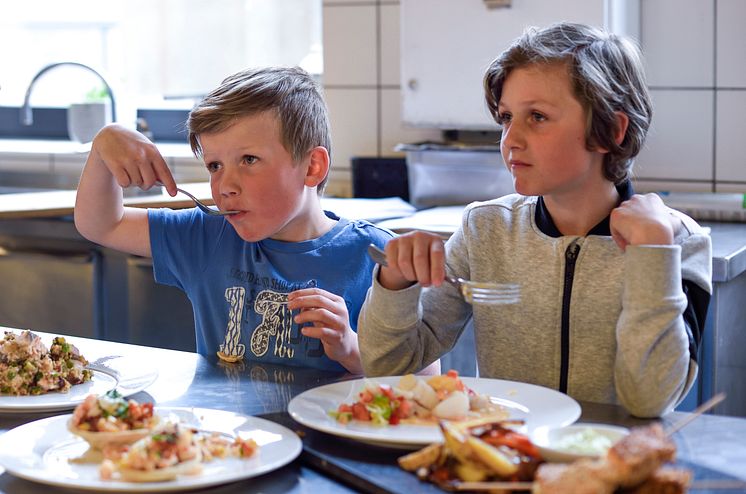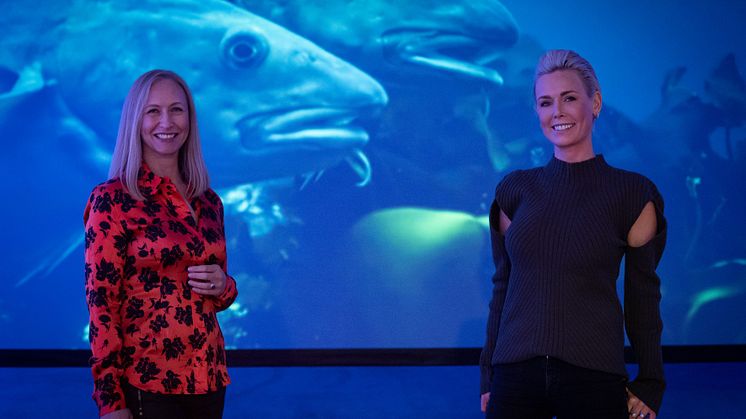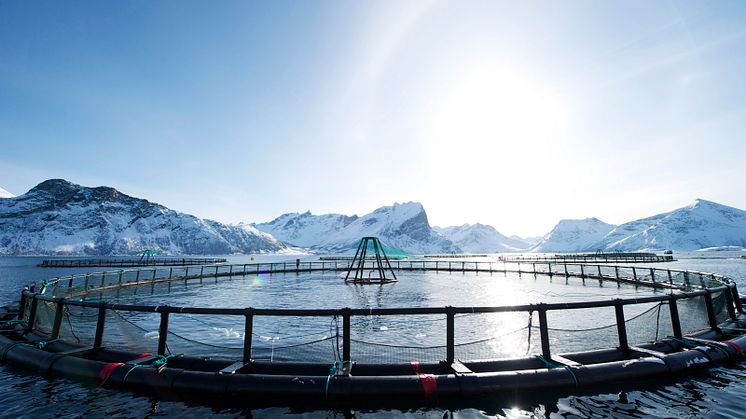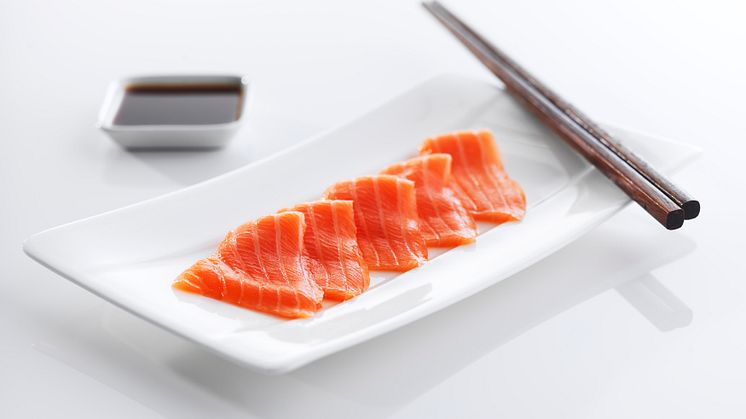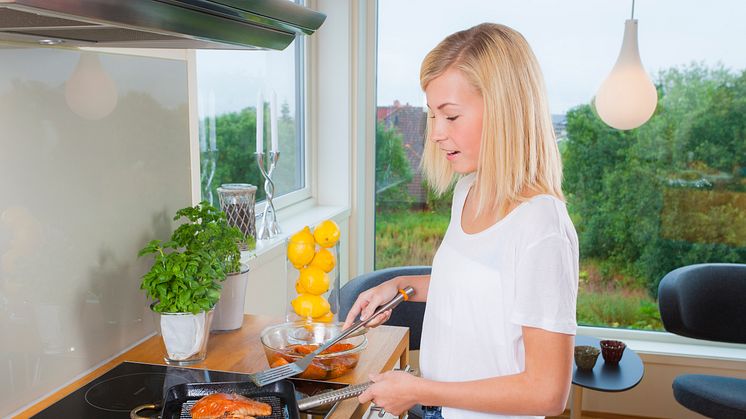
Press release -
Only 2 in 10 children eat enough seafood
A new study from Norway has found children are not eating enough fish according to national dietary guidelines. This is a worrying trend seen in most western countries, according to the Norwegian Seafood Council.
“Parents must take a greater responsibility. Our study found most children say they would like to eat more fish if they were served seafood dishes they liked,” says Camilla Beck, director of marketing at the Norwegian Seafood Council.
As much as 80 percent of children are currently not eating the 2-3 portions of seafood per week, as recommended by national nutritional guidelines. These are the results of a recent study among Norwegian children between 8 and 19 years of age, performed by Ipsos on behalf of the Norwegian Seafood Council.
“This is a really worrying trend seen not only among children in Norway, as this study confirms, but also in other countries in Europe and overseas. It is a ticking time bomb both in terms of public health and global ambitions of halting climate change, where increased consumption of sustainable food form the oceans is a key factor,” says director of marketing at the Norwegian Seafood Council, Camilla Beck.
The Norwegian study mirrors results from similar studies in other markets. A 2018 study from the USA, found only 6 percent of youth aged 2-19 consumed seafood at least twice a week , and seafood consumption among children in the US has been falling year on year since 2007. In the UK the situation looks even worse, where less than 5 percent of British children aged 2-18 met dietary guidelines for seafood consumption, according to a 2017 study.
A public health challenge
“The long-term implications of this trend are potentially dire, as children are missing out on vital nutrients that support healthy development, and what we eat in our youths lay the foundations for our diets in adulthood,” says Beck.
Fish and shellfish are good sources of low-fat proteins, important sources of essential vitamins and minerals, including iodine and the all-important Omega-3 fatty acids found in fatty fish such as salmon and mackerel.
“From a family health perspective, the upside of eating more seafood is crystal clear. But from a public point of view this is important too, child obesity is on the rise in most countries around the world. We also need to eat more sustainable foods from the oceans to meet future global food needs and teaching our children to enjoy a variety of seafood is key to this,” says Beck.
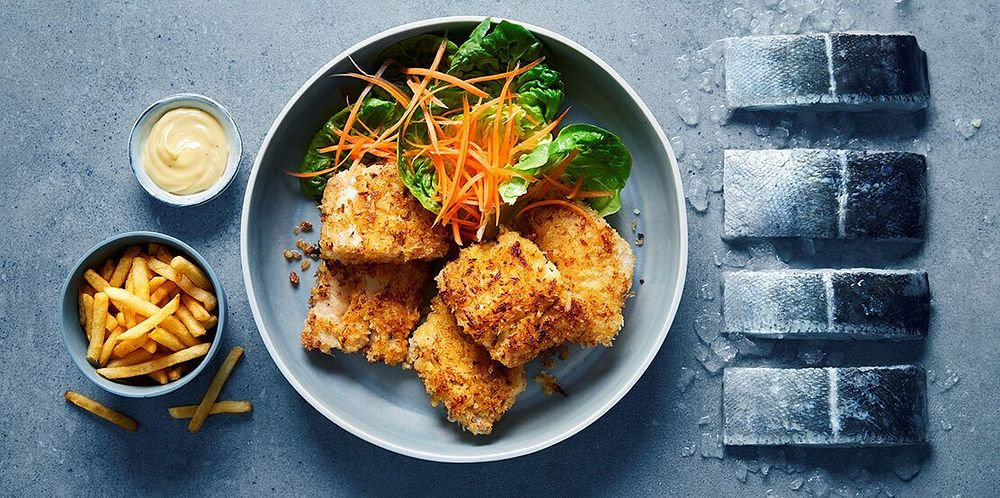
Nuggets with Norwegian saithe - a surefire hit with the kids!
Parents must take responsibility
Beck believes parents are the key to bucking the trend. In the NSC’s recent survey, 7 out of 10 children said they would eat more fish if they were served dishes they actually want. Among the Norwegian children in the survey, pan fried salmon and cod, sushi, fish cakes and fish soup were among the favourites.
“Parents are for the most part responsible for the everyday meals of children. When kids say they want to eat more fish, and even say what kind of dishes they prefer, the rest is up to mum and dad. Us adults often have preconceptions about kids not liking fish, and it is simply not true,” says Beck and points out there are loads of tasty, quick and simple ways of including more seafood in your family’s diets.
“You don’t need to be a chef to succeed with seafood dishes for children and the rest of the family. The recipes most often mentioned by the children in the survey are super easy and quick to make. My top tip is to stock up the freezer with a range of sustainable seafood options, which can be added to dishes in a flash,” says Beck.
7 in 10 believe they eat enough fish
Most health authorities recommend people eat seafood 2-3 times a week, including at least one serving of fatty fish like salmon. Most people eat far less than this. The study also shows there is a serious disparity between what people think they eat and what they actually do. Seven in 10 believe they eat enough seafood, but the truth is only 2 in 10 actually eat enough according to the official guidelines.
“Today’s children are tomorrow’s adults , and have a responsibility as a seafood nation to raise the issue and talk about how we can help parents and children discover all the fantastic, tasty and sustainable seafood available,” says Beck.
Topics
Categories
The Norwegian Seafood Council works with the Norwegian fisheries and aquaculture industries to develop markets for Norwegian seafood through local market intelligence, market development and reputational risk management. The Seafood Council is headquartered in Tromsø and maintains local representatives in twelve of Norway's most important international markets. The Norwegian seafood industry finances the activities of the Norwegian Seafood Council via a tariff on all Norwegian seafood exports.
The Norwegian Seafood Council is a public company owned by the Ministry of Trade, Industry and Fisheries.

